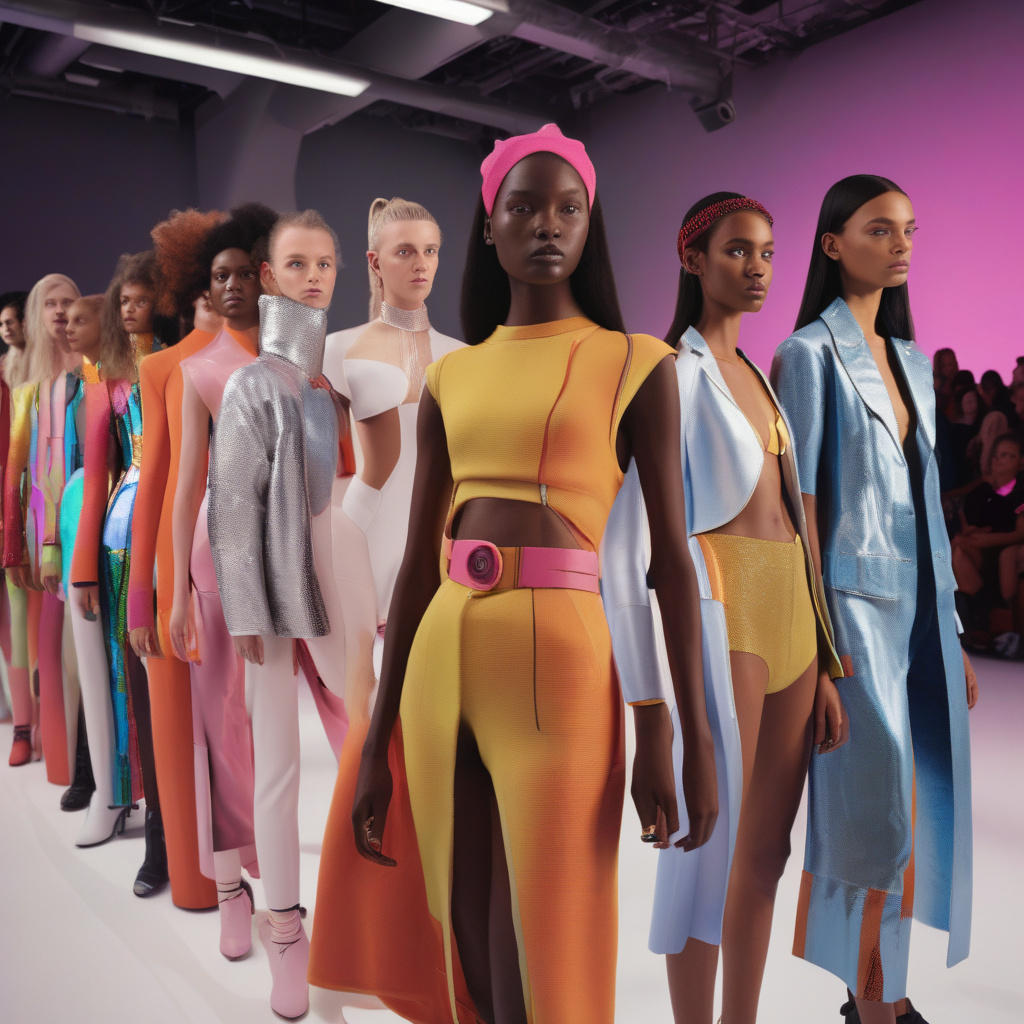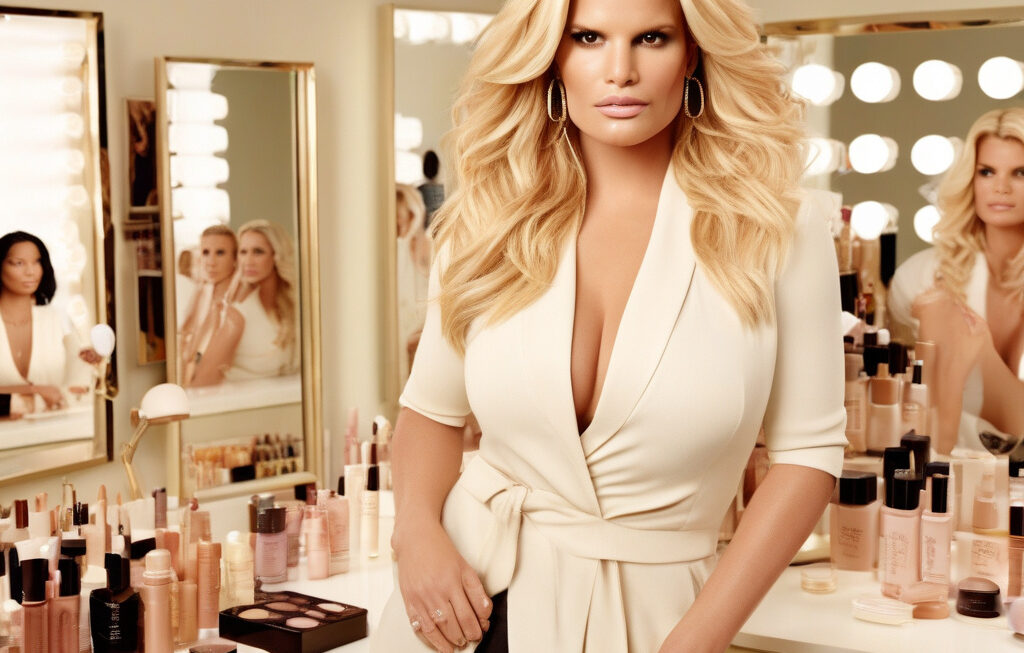Fashion Is Already Preparing for Gen Beta
The fashion industry is a realm constantly in flux, always looking ahead to anticipate the next big thing. With the rise of Gen Alpha, those born from 2010 to 2024, already making waves in the market, it’s no surprise that fashion is now turning its attention towards the next generation on the horizon – Gen Beta. Born starting in 2025 into a world shaped by artificial intelligence and rapid technological advancements, Gen Beta is set to bring a fresh perspective to the industry. While it may still be a while before they come of age and truly make their mark, the fashion world is already abuzz with anticipation, preparing for the inevitable shift in consumer behavior and preferences.
One of the key factors that sets Gen Beta apart is the environment in which they are growing up. Unlike any generation before them, Gen Beta is being raised in a world where AI, virtual reality, and automation are not just buzzwords but integral parts of everyday life. This exposure to advanced technology from a young age is sure to influence their tastes, preferences, and expectations when it comes to fashion. As a result, brands and designers are already strategizing on how to cater to this tech-savvy generation.
Moreover, the rapid pace of change and the constant influx of information that Gen Beta is exposed to is shaping them into discerning consumers. They are not just looking for the next trendy piece of clothing; they are seeking brands that align with their values, offer personalized experiences, and are committed to sustainability and social responsibility. In response, fashion houses are reevaluating their practices, placing a greater emphasis on transparency, ethical sourcing, and eco-friendly production methods to appeal to this socially conscious generation.
Another aspect that sets Gen Beta apart is their attitude towards individuality and self-expression. Growing up in an era of inclusivity and diversity, they are more inclined to break free from traditional gender norms and fashion conventions. As a result, we can expect to see a shift towards gender-neutral clothing, diverse representation in ad campaigns, and a celebration of all body types and ethnicities in the fashion industry.
Furthermore, the rise of social media and influencer culture has given Gen Beta unprecedented access to the world of fashion and beauty. They are not just passive consumers but active participants, shaping trends, and driving demand through their online presence. This level of engagement means that brands need to rethink their marketing strategies, focusing more on digital platforms, influencer collaborations, and interactive content to capture the attention of Gen Beta.
In conclusion, while Gen Beta may still be years away from becoming the dominant consumer group in the fashion industry, their influence is already being felt. Brands and designers are proactively adapting to meet the needs and expectations of this tech-savvy, socially conscious, and individualistic generation. By staying ahead of the curve and embracing the unique characteristics of Gen Beta, the fashion industry is poised to thrive in the ever-changing landscape of consumer preferences and behaviors.
#FashionIndustry, #GenBeta, #Tech-SavvyGeneration, #FashionTrends, #ConsumerBehavior












